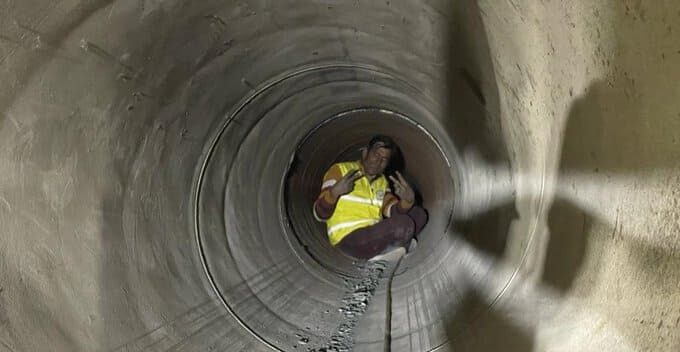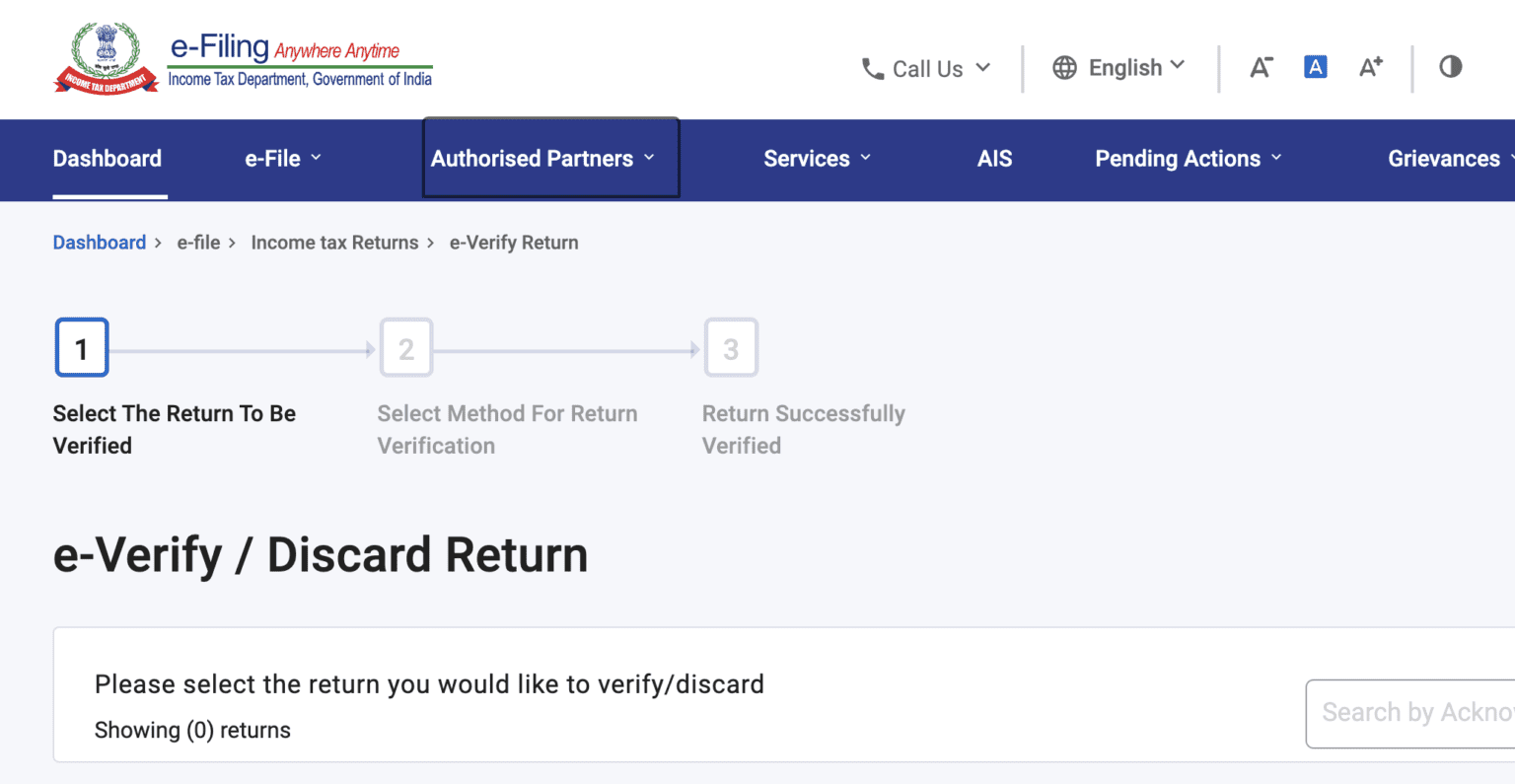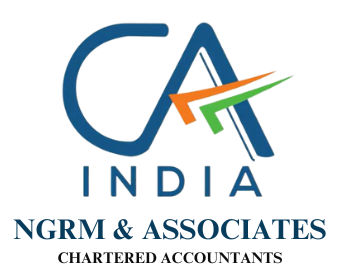A GST (Goods and Services Tax) refund is a process that allows individuals and businesses to request a refund of the GST they have paid on certain goods and services. GST refunds are applicable to various scenarios, such as exports, supplies to Special Economic Zones (SEZs), deemed exports, and certain specified cases like tax on purchases made by UN or embassies.
The specific procedures and requirements for claiming a GST refund may vary depending on the country or jurisdiction where the tax is implemented.
Claiming a GST refund usually involves several steps. Firstly, it is important to determine if you meet the eligibility criteria, such as being a registered business and participating in activities like exports or zero-rated supplies.
Additionally, there may be specific conditions and requirements set by the tax authority, including minimum refund amounts, time limits for filing claims, and the need for supporting documentation.
Eligibility & Condition: To claim a GST refund, you need to be a registered taxpayer under the GST regime and meet the specific criteria for each refund category.
- Export of Goods and Services: If you have exported goods or services or supplied goods to SEZs, you can claim a refund of the GST paid on inputs used in the export or SEZ supplies. The refund can be claimed either as a percentage of the total export value or through the Letter of Undertaking (LUT) route.
- Deemed Exports: Certain supplies, such as supplies to units located in SEZs or supplies for specific projects, are treated as deemed exports. In such cases, you can claim a refund of the GST paid on the deemed export supplies.
- Accumulated Input Tax Credit: If you have accumulated input tax credit due to inverted duty structure (where the tax rate on inputs is higher than the tax rate on outputs), you can claim a refund of the excess input tax credit.
- Zero-rated supplies: Zero-rated supplies, such as exports or supplies to international tourists, GST on certain supplies will be charged at 0%. In these cases, a GST paid on inputs can be refunded.
- Time Limit: It is important to note that there are time limits for claiming GST refunds. Generally, refund applications need to be filed within two years from the relevant date, which varies based on the type of refund.
Process for GST Refund:
- Eligibility Determination: To start with the GST refund process, first need to review the eligibility criteria for claiming a GST refund. Being a registered business, participating in activities like exports or zero-rated supplies, and meet the specific criteria for each refund category.
- Collecting Supporting Documents and other information: To claim a GST refund, you need to collect all the necessary supporting documents, which may include invoices, receipts, export documents, and proof of GST payment.
- Refund Application Preparation & Submission: Once you have gathered all the required documents, you can complete the refund application form, typically referred to as form RFD-01, from the GST portal. This form requires you to provide accurate information about your business details, GST number, the period for which the refund is being claimed, and the amount requested. To claim a GST refund, you need to file an application electronically on the GST portal. The application needs to be accompanied by necessary supporting documents and information, such as invoices, shipping bills, export documentation, and evidence that the GST was paid and bank statements etc. which you have collected. Attach copies of all necessary supporting documentation with your refund application. Depending on your specific situation, these documents may differ. Once you have completed the application and attached the necessary documents, you can submit it to the GST authority for review.
- Refund Processing: After filing the refund application, it goes through a verification process by the tax authorities. The authorities may seek additional information or documents if required. Once the verification is complete, the refund amount is credited to your bank account through the Electronic Cash Ledger.
- Refund Rejection and Appeal: In case the tax authorities reject your refund application or if you are dissatisfied with the refund amount sanctioned, you have the option to file an appeal within the stipulated time.
In conclusion:
The GST Refund process involves determining eligibility, collecting supporting documents, completing the refund application, attaching the necessary documents, submitting the application to the tax authority, undergoing verification and processing, and finally receiving the refund payment. It is important to follow the specific procedures and requirements outlined by the GST is implemented to successfully claim a GST refund.











